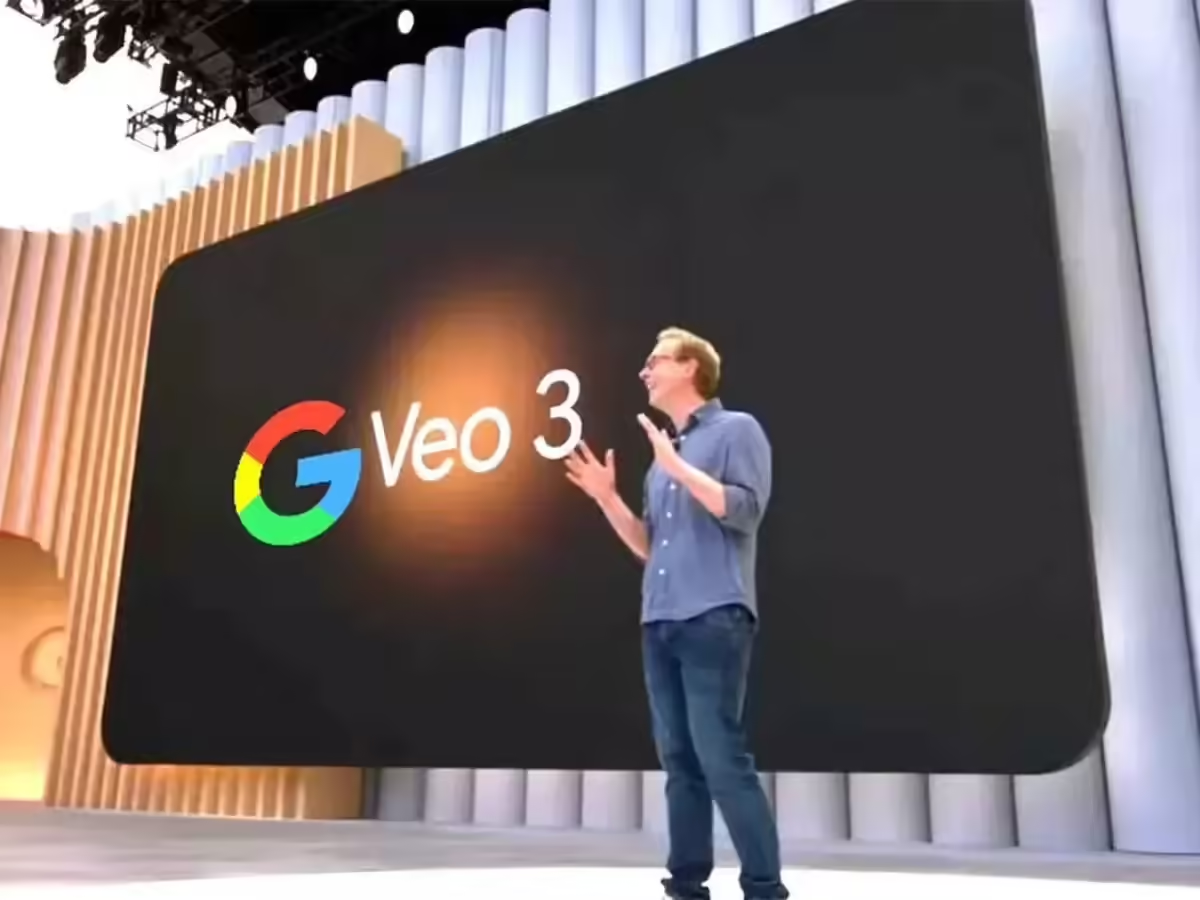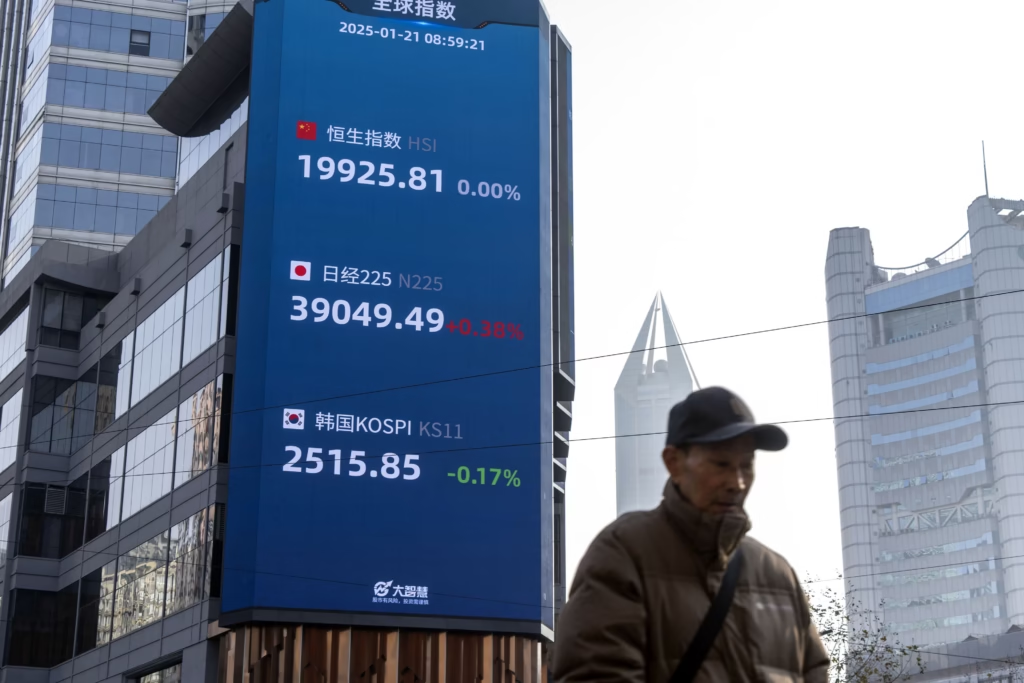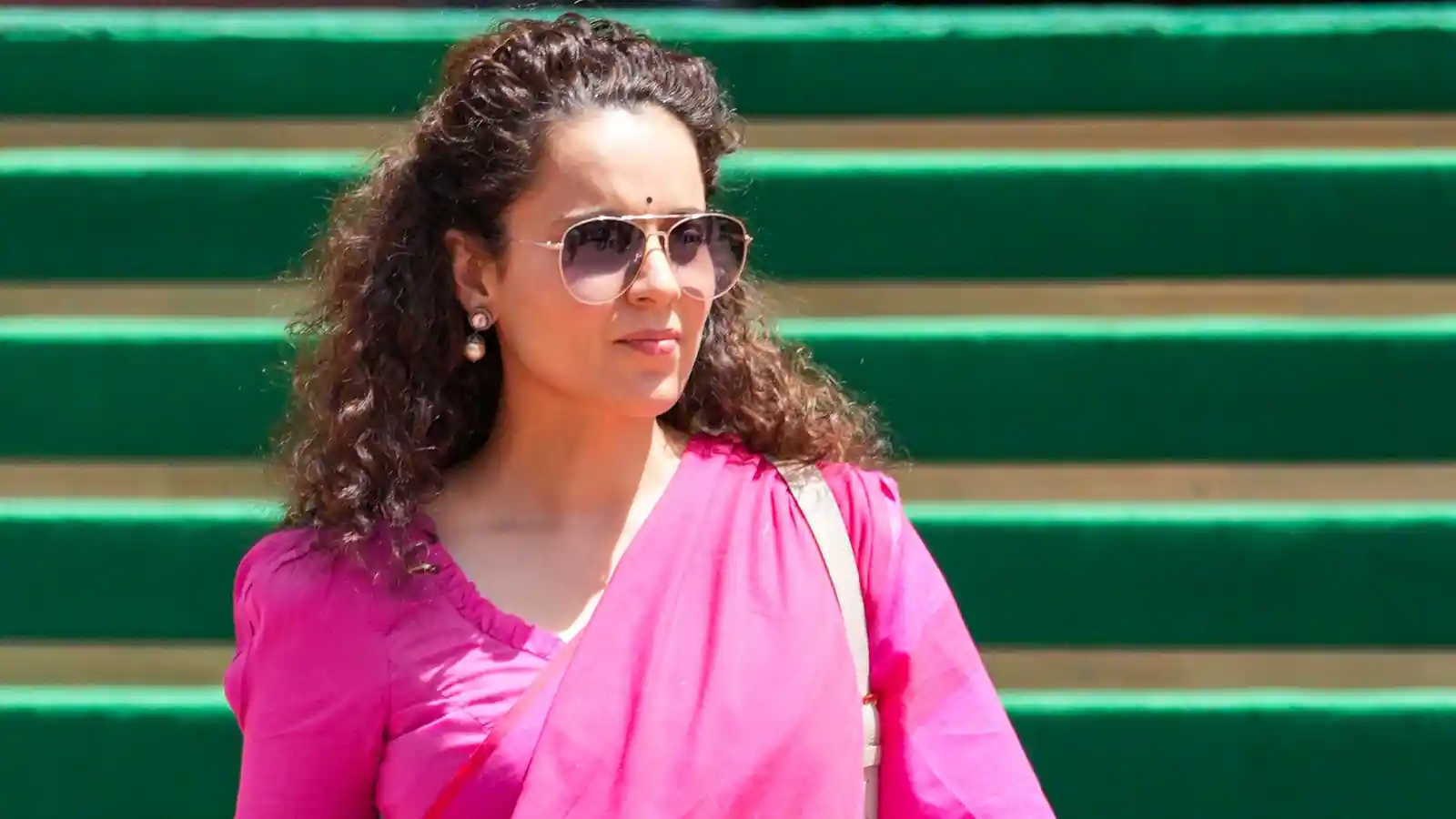Now Reading: Google’s Veo 3 AI Video Model Arrives in India with Pro Subscription Access
-
01
Google’s Veo 3 AI Video Model Arrives in India with Pro Subscription Access
Google’s Veo 3 AI Video Model Arrives in India with Pro Subscription Access

Google has officially rolled out its powerful AI video generation tool, Veo 3, in India—giving creators and tech enthusiasts access to cutting-edge visual content creation. Previously limited to select regions, the tool is now available under the AI Pro subscription tier, opening new possibilities for digital artists, educators, and small businesses, especially in India’s rapidly growing Tier 2 tech hubs.
What Is Veo 3?
Veo 3 is Google’s advanced AI video generation model, capable of producing high-quality videos from simple text prompts. It can generate cinematic visuals with improved motion, lighting, and detail—making it one of the most capable tools in the AI content space. With this launch, Indian users can now experiment with realistic, stylised videos without needing traditional film equipment or production teams.
Why It Matters for Indian Users
The arrival of Veo 3 in India is especially significant for independent creators, digital marketers, and YouTubers based in cities like Bhopal, Kochi, Nagpur, and Surat. These cities are seeing a sharp rise in content-driven careers, and access to such AI tools can help users create standout content at a fraction of the cost. From explainer videos and product demos to short films and social media reels, Veo 3 could change how small teams approach video creation.
Subscription Model and Features
To access Veo 3, users must subscribe to Google’s AI Pro plan. This tier provides access not just to Veo 3, but also to other tools in Google’s AI suite. Features include customisable video styles, longer video generation, advanced prompt control, and integration with other creative tools. While the subscription comes at a premium, the tool’s capabilities offer value for those looking to scale content production.
Balancing Creativity and Ethics
As AI-generated content becomes more realistic, experts warn of ethical and copyright challenges. The use of AI tools for misinformation or uncredited creative work remains a concern. Google has said it is implementing watermarking and metadata features to ensure transparency. Indian users, especially influencers and educators, are advised to use such tools responsibly and follow evolving content guidelines.
Conclusion
The introduction of Veo 3 in India marks another leap in AI accessibility for everyday creators and professionals. As demand for engaging, visual-first content grows, tools like these are becoming essential. For Tier 2 creators, this isn’t just about technology—it’s about unlocking creativity and opportunity in a competitive digital economy.
























